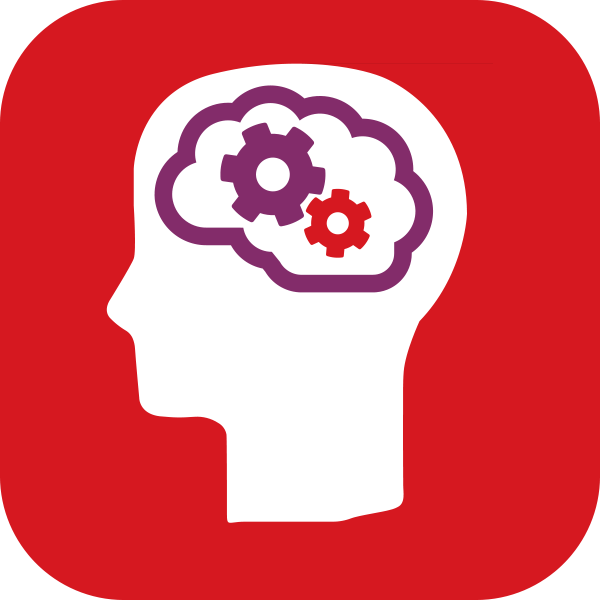“ ”
The right direction
The Progress Test Series in English, maths and science are a series of age-appropriate standardised assessments that benchmark attainment nationally. The New Group Reading Test (NGRT) screens, monitors and tracks the progress of pupils’ reading and comprehension ability. They both form part of the Complete Digital Solution package from GL Assessment, along with other leading assessments that measure ability, attainment and attitude.
“Curriculum based tests didn’t tell us where we were nationally, but with these assessments we can compare our children and therefore our school,” says Sharon. “We used the Progress Test Series last summer, to confirm our teachers’ continuous assessment. When we matched the government’s scaled scores to the results in maths, we found they correlated very strongly.
“We have used NGRT to help focus on and clarify the expected reading standard in each year group. We expect children’s reading attainment to be in line with their chronological age in order to meet their year group standard, and to address criticism of primary school leavers having low reading ages when they begin secondary school. It’s another way to up our educational goals for our pupils.
“We’ve now used NGRT twice, last December and this December, and the results have been very encouraging. 71% of our Year 5 cohort had a standardised score within or above the average range last year, which has increased to 83% now they are in Year 6. In the previous year, only 64% of Year 6 were within this range, so we know we are moving in the right direction.”
Celebrating success
Sharon was pleasantly surprised to discover that GL Assessment’s Cognitive Abilities Test: Fourth Edition (CAT4) was suitable for use in primary schools too. “I had thought CAT4 was a secondary assessment, so when I discovered it covered primary, too, I thought we should give it a go with our Year 4 children.
“We got some very interesting information. We identified children who have a low CAT4 score but are doing better than expected and used it as a reason to celebrate the value our teaching is adding.
“It also highlighted some unexpected issues. We have one child with specific speech and language needs, and while their verbal score was expectedly low, the other areas were within normal range. We had always suspected that their verbal issues were masking other areas of potential, but now we know that we can expect more from them and can make provision for this.
“In future we’ll look to use CAT4 more to make sure no-one slips through the net.”

“ ”
Working together
Results from the assessments are sent to senior leaders, the assessment team and the inclusion team. “It’s important to have good systems of distribution in school, to get the right information to the right people.
“We review children on a termly basis and look at the assessment results to check everything fits into what we are thinking. Our inclusion team have mostly been aware of those who scored poorly in the attainment tests, but we’ve had one or two children who were picked up via CAT4.
“In our school, accurate formative and summative assessment information is critical to giving the children their best chance of success. We’re currently identifying which children need to catch up and what actions need to take place to meet year group standards. It’s good to have an additional set of robust information that can eliminate any unconscious teacher bias, such as quiet and well-behaved girls being hardworking. It also offers support in terms of accountability and for Ofsted.
“We’ve found using these assessments straightforward, easy to understand and an extremely positive addition to our teachers’ professional judgements.”




